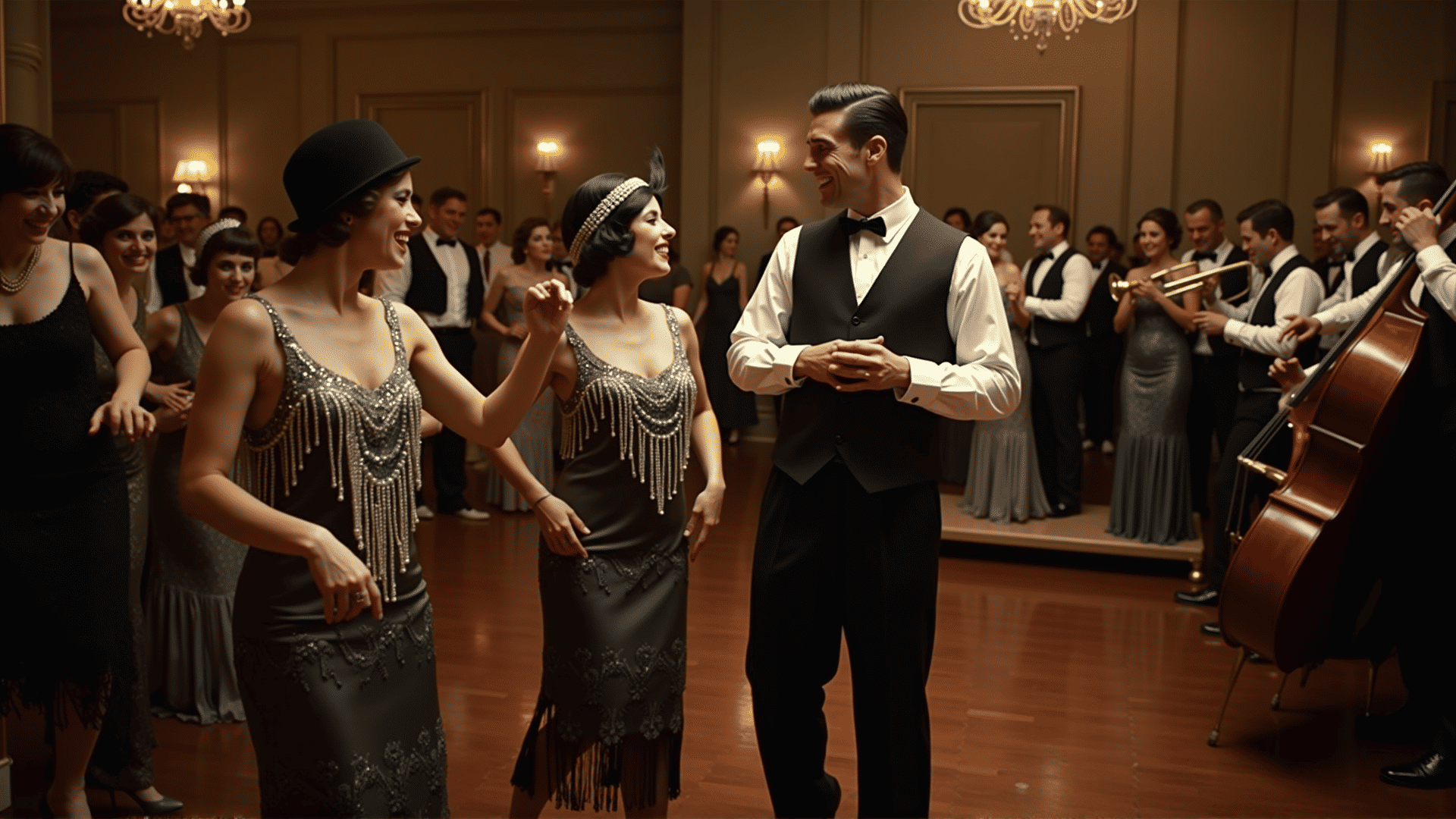The 1920s, often referred to as the Roaring Twenties, marked a significant transformation in American life, characterized by a spirit of liberation and a boom in cultural and artistic movements. One of the most noteworthy changes during this era was in how people dressed and expressed themselves through attire.
In the post-World War I period, individuals were eager to break free from the constraints of the past. The styles of the time reflected a new, more relaxed attitude toward life. Women, in particular, embraced this newfound freedom, opting for clothing that was not only more practical but also more adventurous in design. Dresses became less restrictive, with shorter hemlines allowing for greater movement and comfort. Flappers, as these fashion-forward women were called, symbolized this change with their knee-length skirts, bobbed haircuts, and daring demeanor.
Menswear also underwent significant changes. Suits became slimmer, and the traditional stiff collars made way for softer styles. Accessories such as fedora hats and two-toned shoes were popular, reflecting the jazz influence that permeated society. The influence of jazz music during this period was immense, not only in sound but in its cultural impact, encouraging a departure from the old and an embrace of the new and vibrant.
This decade also welcomed technological advancements, such as the introduction of radio and cinema, which played a crucial role in spreading new styles across the country. People were exposed to a new world of art and culture, which heavily inspired personal expression. Hollywood stars of the time became style icons, setting trends that many eagerly followed.
The shift in styles during the 1920s wasn't just about appearances; it was emblematic of broader societal changes. The era marked a move toward greater gender equality and the questioning of traditional norms. The Jazz Age's bold styles were a testament to an era that celebrated individuality and a break from the past.
In essence, the Roaring Twenties was a time that redefined how people saw themselves and their place in the world, allowing them to express their identities with newfound confidence through what they wore, turning the decade into a pivotal period of cultural and social change.
